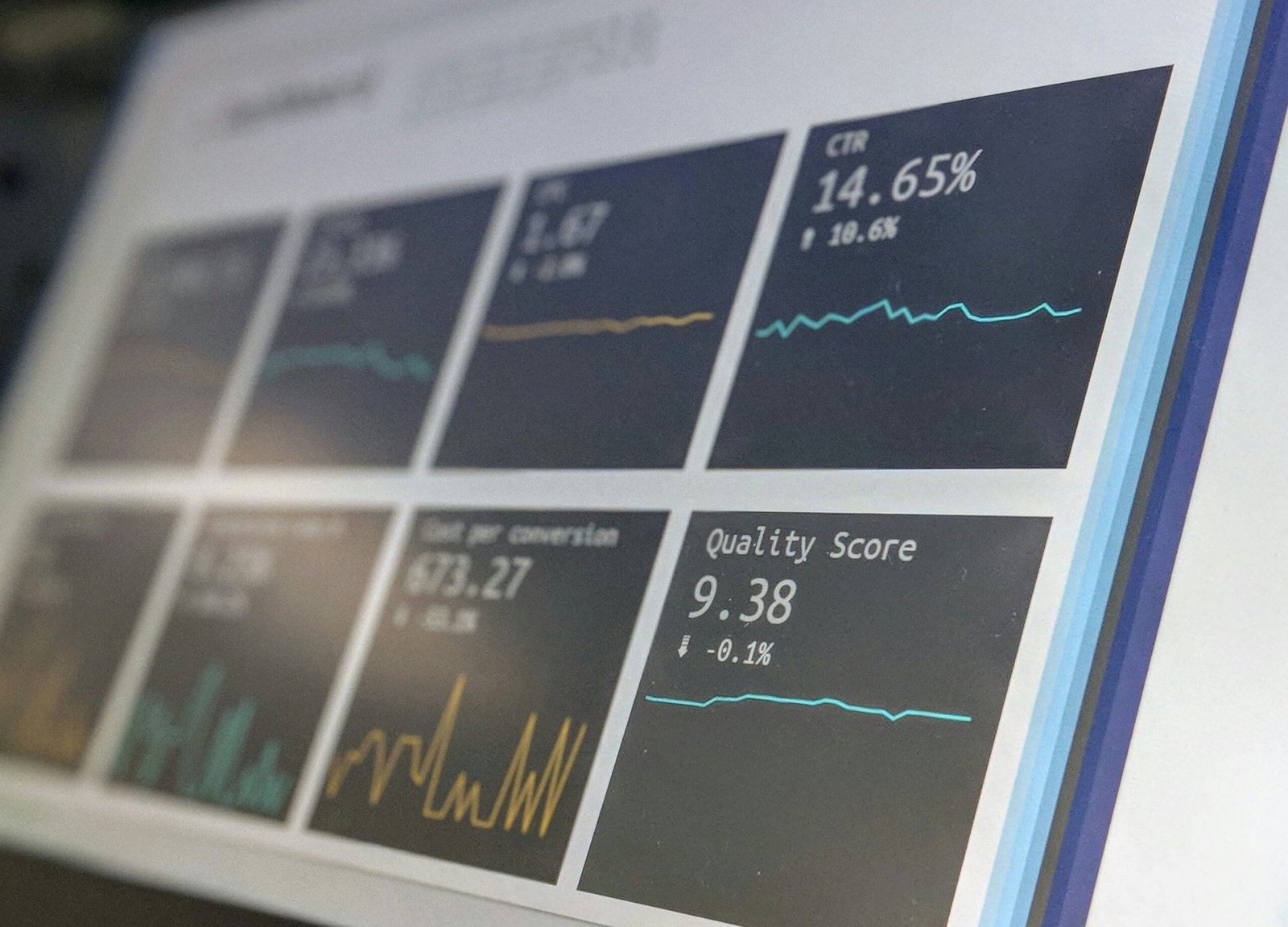In an era where technology permeates every aspect of daily life, Google recognizes the paramount importance of ensuring a safe online environment for children and young people. The digital landscape offers vast opportunities for learning and social engagement, yet it also presents a myriad of risks that can jeopardize the safety and well-being of young users. These risks include exposure to inappropriate content, cyberbullying, and predatory behavior, which necessitate the development of robust safety tools and features.
To address these challenges, Google has made a steadfast commitment to enhancing digital safety for its younger audience. This commitment is underscored by the ongoing evolution of safety measures embedded within its applications, which aim to create a secure online space for kids. By implementing advanced features—such as parental controls, content filters, and privacy settings—Google not only safeguards young users but also empowers parents and guardians to take an active role in their children’s online experiences.
Recent updates to Google’s suite of applications reflect the company’s proactive approach to digital safety. These enhancements are designed with the understanding that online safety is a shared responsibility that involves users, parents, and technology developers alike. As such, Google continues to refine its safety tools to ensure they are effective, user-friendly, and adaptive to the evolving needs of families in today’s digital world. By continuously improving these tools, Google aims to foster a positive online experience that prioritizes the welfare of kids and young individuals, enabling them to navigate the internet safely and responsibly.
Overview of New Features and Tools
Google has recently introduced a series of updates and new features across its platforms to enhance the online safety of children and teenagers. These updates primarily focus on applications like Google Kids Space and Family Link, aiming to create a protective digital environment while ensuring an engaging experience for younger users.
One notable enhancement is the improved functionality within Google Kids Space, which now offers a more curated selection of educational content suitable for children. This feature allows kids to explore various learning materials, including books, videos, and games that are tailored to their age group. By providing a diverse range of content, Kids Space encourages an enriching online experience while ensuring that the material remains age-appropriate and safe.
Family Link, another essential tool, has seen significant upgrades aimed at empowering parents and guardians. With the latest updates, Family Link now offers enhanced monitoring capabilities, allowing parents to view app activity, set screen time limits, and manage app installations more effectively. These features are designed to foster open communication between parents and children about online safety, enabling a more proactive approach to digital parenting.
In addition to these advancements, Google has also integrated features like more stringent privacy settings and improved reporting tools across its platforms. These measures allow users, both children and their caregivers, to report inappropriate content more easily and ensure that the information shared online remains secure. The emphasis on creating a safe digital space for young individuals reflects Google’s commitment to not only developing technological innovations but also fostering a responsible online environment.
Through these updates, Google aims to strike a balance between safety and engagement, ensuring that children can benefit from technology while being protected from potential online hazards.
Empowering Parents: Control and Monitoring Options
In today’s digital landscape, ensuring children’s safety online is a significant concern for parents. Google has recognized this necessity and has introduced a variety of parental control and monitoring options across its applications. One of the most notable tools in this suite is Google’s Family Link, which is designed specifically to empower parents by allowing them to manage their children’s device usage effectively.
Family Link provides parents with the ability to create and manage their child’s Google Account, ensuring that they can both monitor and guide their online interactions. Once set up, parents can see which applications their children are using, how much time is spent on each app, and even set daily screen time limits to promote a healthy balance between digital engagement and real-world activities. Through this, parents can instill a habit of responsible online behavior while encouraging their kids to explore the digital world safely.
Furthermore, Google’s range of controls includes options to approve or block apps before they are downloaded, ensuring that children are not exposed to inappropriate content. Parents can also set restrictions on in-app purchases, thus safeguarding their finances while teaching children about financial responsibility in a digital context. By effectively utilizing these tools, parents can navigate the complexities of their children’s online engagement.
Additionally, other features, such as activity reports and location tracking, allow for ongoing conversations about online safety and responsible usage. These monitoring tools not only help in maintaining oversight but also create opportunities for parents to discuss digital literacy and security with their children. By fostering such dialogues, parents can guide their children’s technology use in a manner that is both educational and protective, ultimately nurturing a safer online experience for kids.
Future Outlook: Building Trust and Safety in the Digital Age
As technology continues to evolve, the advances made by Google in online safety for children serve as a significant benchmark in the digital landscape. These updates not only enhance individual app safety features but also set a precedent for other companies to follow in the realm of user protection. By prioritizing the safety of young users, Google demonstrates a commitment that could influence industry standards, fostering a culture of accountability among tech giants.
The implications of these updates extend beyond immediate safety features. As other technology companies observe and adapt to Google’s proactive measures, there is a potential ripple effect; the implementation of more robust safety tools and guidelines across various platforms can emerge. This shift may eventually lead to a more standardized set of practices designed to protect children and young people online, ensuring their digital experiences are safer and more secure.
Moreover, user and parental feedback will play a crucial role in shaping the future of these safety measures. The engagement of families in providing insights and suggestions can guide companies like Google in refining their safety tools and features. To truly uphold the trust placed in them, organizations must be willing to listen and adapt based on the community’s needs. Regular updates and enhancements will be necessary to combat emerging online threats and challenges that young people may face.
In this rapidly changing digital environment, maintaining a dynamic dialogue between tech companies and their users will be essential for building a safe online experience. As we look to the future, the commitment of companies like Google to enhancing safety tools highlights an important progression towards ensuring that children can explore the digital world confidently and securely, thereby fostering a safer online community for everyone.



